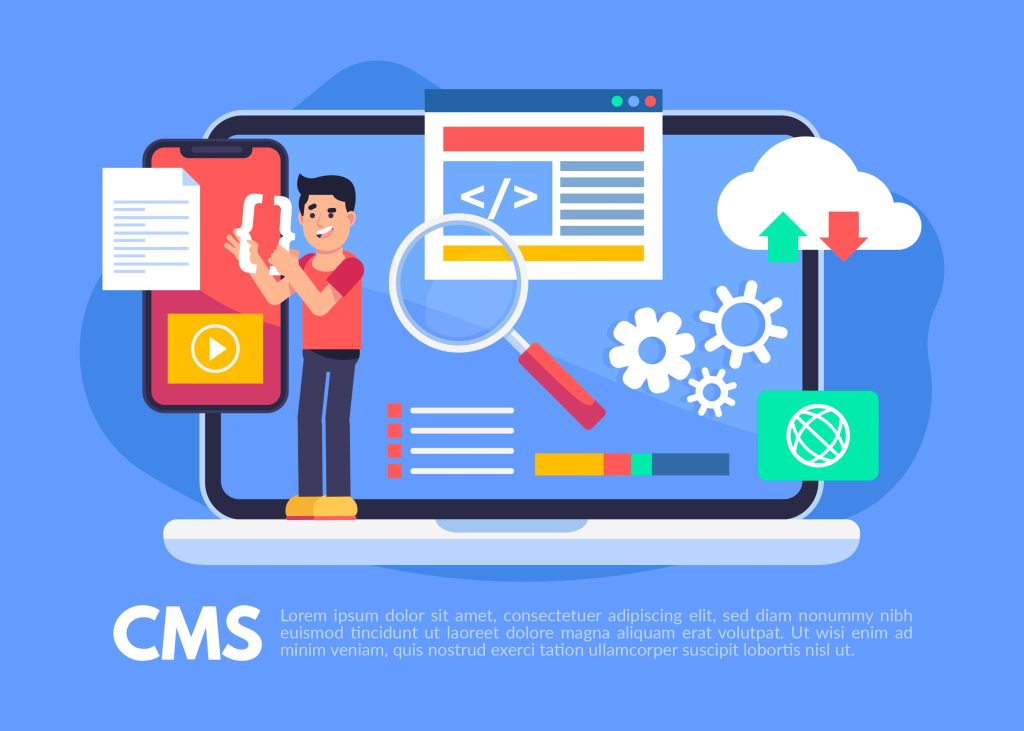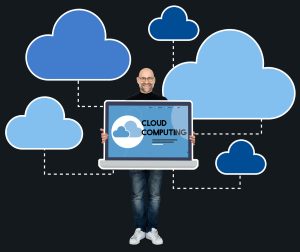Artificial Intelligence (AI) is transforming the way businesses operate, offering tools that streamline processes, enhance decision-making, and drive innovation. AI-powered framework tools are at the heart of this revolution, enabling developers and businesses to build sophisticated AI applications efficiently. Whether you’re a small business aiming to automate tasks or a developer looking to integrate machine learning models, choosing the right AI framework can save time, reduce costs, and ensure scalability.
In this blog, we’ll explore the 10 best AI-powered framework tools available in 2024. Each tool is evaluated based on its features, advantages, disadvantages, and pricing to help you make an informed decision.
1. TensorFlow
Features:
- Open-source machine learning library.
- Supports deep learning, neural networks, and advanced analytics.
- Extensive ecosystem for deploying models on various platforms.
- Pre-trained models for quick development.
- Scalable for both small and large projects.
Pros:
- Excellent community support and extensive documentation.
- Highly customizable for advanced projects.
- Free and open-source.
Cons:
- Steeper learning curve for beginners.
- Resource-intensive for large models.
- Complex debugging process.
Pricing: Free. Explore TensorFlow at tensorflow.org.
2. PyTorch
Features:
- Intuitive and flexible for deep learning tasks.
- Dynamic computation graphs for real-time model updates.
- Robust libraries for natural language processing (NLP) and computer vision.
- Strong integration with Python.
- Support for distributed training.
Pros:
- Beginner-friendly with dynamic graphs.
- Wide adoption in academia and research.
- Comprehensive support for GPU acceleration.
Cons:
- Smaller community compared to TensorFlow.
- Limited support for production deployment.
- Occasional updates may disrupt workflows.
Pricing: Free. Learn more at pytorch.org.
3. Microsoft Azure Machine Learning
Features:
- Cloud-based platform for developing and deploying AI models.
- Drag-and-drop interface for non-coders.
- Built-in tools for model training and evaluation.
- Scalability for enterprise-level projects.
- Integration with other Microsoft services.
Pros:
- Ideal for businesses using Microsoft ecosystems.
- Easy collaboration tools for teams.
- Extensive security and compliance measures.
Cons:
- Expensive for smaller businesses.
- Requires a strong internet connection.
- Limited flexibility compared to open-source tools.
Pricing: Starts at $100/month. Explore options at azure.microsoft.com.
4. IBM Watson
Features:
- Advanced AI services for NLP and speech recognition.
- Pre-built industry-specific models.
- Easy integration with business applications.
- Visual model builder for non-developers.
- Cloud-based scalability.
Pros:
- Enterprise-ready with advanced analytics.
- Strong customer support and resources.
- High accuracy in NLP tasks.
Cons:
- Costly for startups.
- Requires some technical expertise for customization.
- Limited open-source community contributions.
Pricing: Starts at $140/month. Learn more at ibm.com/watson.
5. Amazon SageMaker
Features:
- Fully managed machine learning service.
- Built-in algorithms for model training.
- Integration with AWS services.
- Automated data labeling and preparation tools.
- Support for deploying models at scale.
Pros:
- Excellent for AWS users.
- Pay-as-you-go pricing.
- Scalable for both small and large applications.
Cons:
- Steep learning curve for non-AWS users.
- Limited offline support.
- Dependency on AWS ecosystem.
Pricing: Pay-as-you-go. Explore SageMaker at aws.amazon.com/sagemaker.
6. H2O.ai
Features:
- Open-source AI platform with AutoML capabilities.
- Supports time series forecasting and deep learning.
- Easy integration with Python, R, and Spark.
- Pre-built models for quick deployment.
- Extensive visualization tools.
Pros:
- User-friendly interface.
- Affordable for small businesses.
- Strong focus on AutoML.
Cons:
- Limited advanced customization.
- Smaller community compared to TensorFlow or PyTorch.
- Resource-intensive for large datasets.
Pricing: Free and premium options available. Visit h2o.ai.
Conclusion
Choosing the best AI-powered framework tool depends on your business needs, technical expertise, and budget. For startups and small businesses, open-source platforms like TensorFlow and PyTorch offer robust solutions at no cost. Enterprises may prefer cloud-based services like Microsoft Azure or Amazon SageMaker for scalability and integration. Tools like IBM Watson and H2O.ai strike a balance between ease of use and advanced capabilities.
Evaluate each tool’s features, pricing, and compatibility with your existing systems. Many of these platforms offer free trials or community editions, making it easier to test and find the perfect fit for your AI projects. With the right framework, you can unlock AI’s potential to drive growth and innovation in your business.







